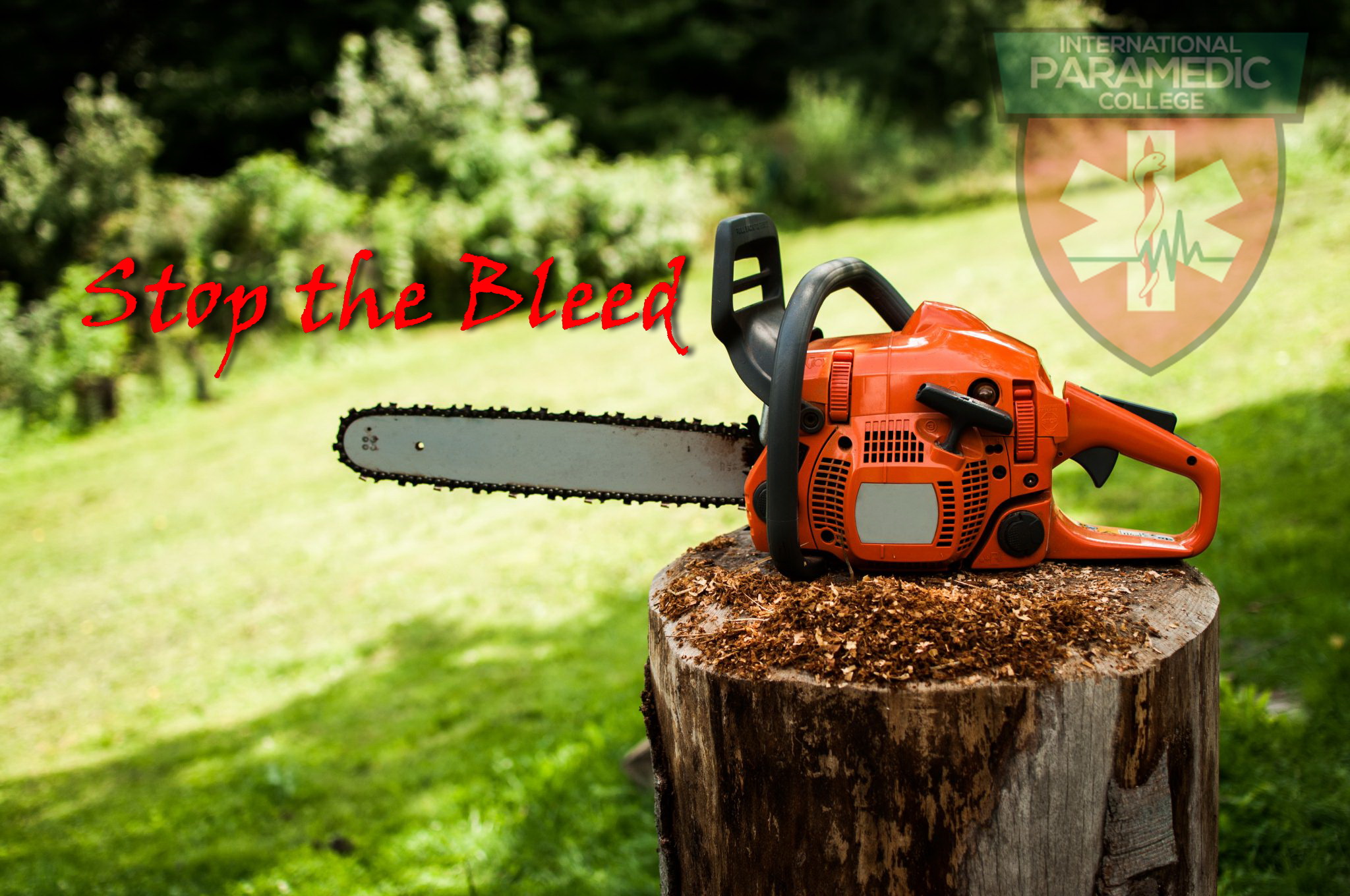Christmas Accidents
1000 people receive injuries from their Christmas tree
Careful of the Christmas, danger in your lurking in your lounge room and that fridge too
Well I thought, maybe it is just a British thing but in the United States 240 house fires start each year when a Christmas tree catches alight. Look on utube, there are a number of really frightening videos which will show you how fast a Christmas tree can be engulfed in fire and burn.
Again in Britain about 350 people a year are hurt by Christmas tree lights mainly while they putting up their lights, getting burns or electric shocks from bulbs or faulty lights and children swallowing bulbs
You are 50% more likely to die in a house fire during Christmas than at any other time of year. While smoking and drinking are risk factors, candles accounted for about 1,400 fires in houses, killing 18 people and injuring over 500 other people according to statistics in 2008.
Danger lurking in the Fridge
And just when I thought the fridge was safe, 2010 and 2011 figures by the ONS say there were 30 deaths a year in England and Wales caused by food poisoning. 1 in 5 people there risk food poisoning by eating old turkey left overs, thank goodness for the Aussie BBQ in our summer. Even though more food poisoning occurs in summer in the UK, there is a spike at Christmas that maybe due to the fact that 80% of people wash their turkeys before cooking them which apparently significantly increases the risk of spreading germs to kitchen surfaces.
I can here, the kids now, “ow dad not microbes again this Christmas”. Soon they will be missing the years of jocks and socks.
The number of accidents rises significantly at this time of year as people break with their routine. So maybe a first aid course, some refresher training in first aid, CPR or how to manage the minor Christmas falls and spills might not be such a bad idea.
Learn First Aid
All I want for Christmas is a first aid course
Knowledge of the important or vital first aid skills, a well-stocked first aid kit would make a great Christmas gift or a Childcare, CPR or first aid course voucher under that watered down Christmas tree might not be on the Christmas list of many of us, but statistics show it may well come in handy long after the batteries have died in the kids toys and the Boxing Day cricket test is just a dim memory.

Craig Nolan is a dedicated paramedic educator and manager with a reputation built on extensive clinical experience and professional integrity. As the Educational Manager of International Paramedic College, Craig leads training development, drawing on his frontline experience and educational expertise.
A former Intensive Care Paramedic and clinical trainer with the Ambulance Service of NSW—the third-largest ambulance service in the world—Craig has served in some of the field’s most high-pressure environments, responding to critical cases that required advanced life support skills, procedures, and split-second decision-making. His extensive experience in Sydney’s busy inner city equipped him to provide life-saving critical care under extreme conditions. Most of Craig's work was as a second response when general ambulances could not manage the clinical situation. Only about 200 Intensive Care Paramedics out of a workforce of 4,000 were specially trained to handle such cases, making Craig’s role both rare and crucial.
Craig’s commitment to the paramedic profession goes beyond his clinical work; he represented his peers on the NSW Committee of Paramedics Australasia, the peak body for paramedics across Australia and New Zealand, for six years. During this time, he championed the establishment of competency standards and national registration, ensuring higher standards of care and professionalism in the field.
Craig’s teaching philosophy centres on a template approach and clear communication. Educated in instructional design at the University of Technology Sydney, he has the unique ability to demystify complex medical concepts, translating his hands-on experience into accessible learning. His approach emphasises “getting it from the head to the hands” through ethical, patient-based reasoning and logical decision-making, guiding students to handle emergencies with clarity, even under duress.
After a lifetime in the caring professions, Craig is committed to passing on the skills and knowledge that have served him well in his calling.




